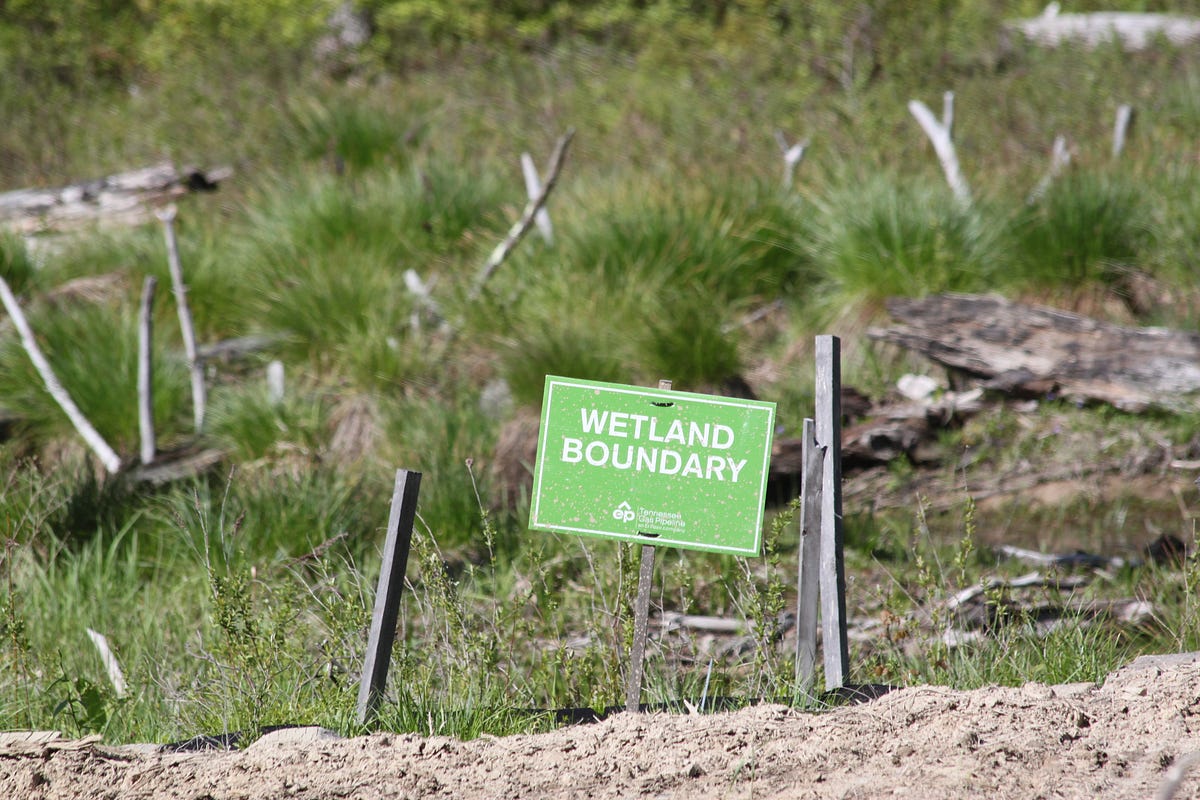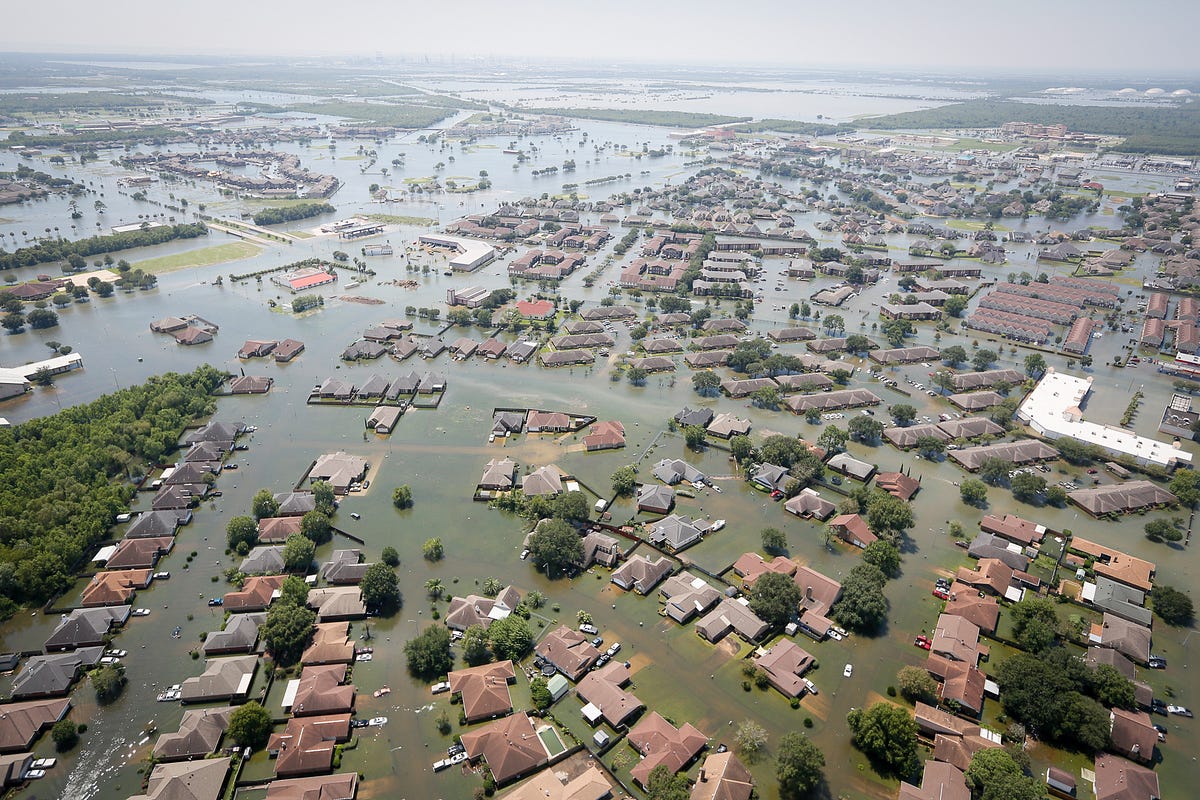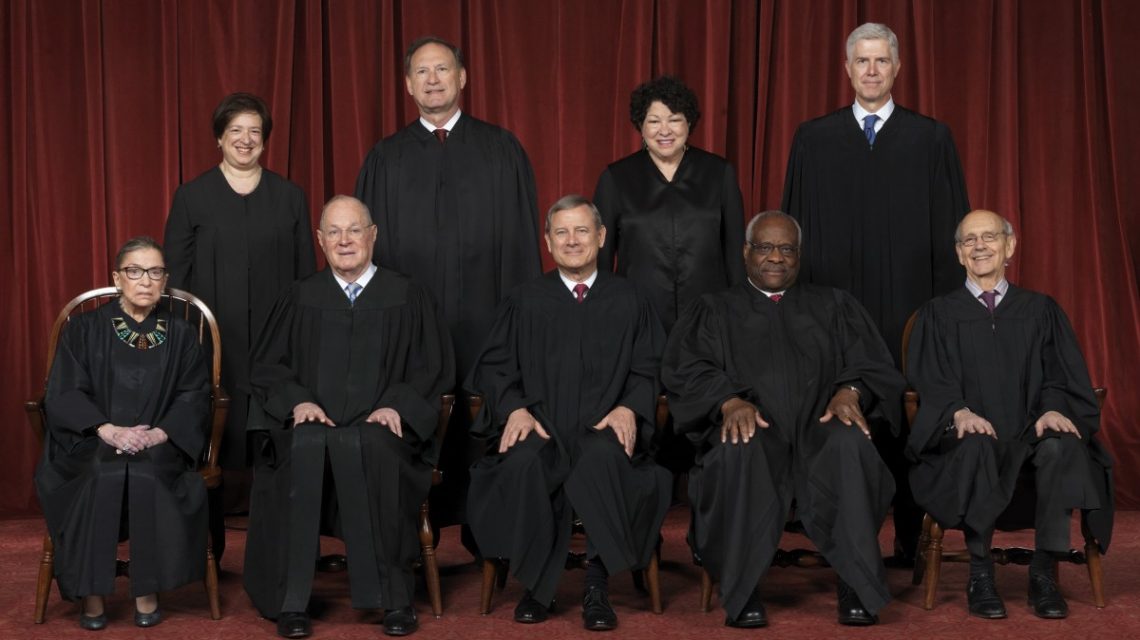Justice Kennedy was never a steady beacon upon which environmentally-harmed communities and states could depend, but often enough he was often the bulwark against the potentially devastating unraveling of critical environmental protections.
As the swing vote, Justice Kennedy tipped the Court in a 5 to 4 direction on decisions that rolled back, as well as defended, environmental protections.
Against environmental protection: In 2001, Justice Kennedy joined with the conservative majority to roll back wetlands protections by rejecting the U.S. Army Corps of Engineers’ use of the migratory bird rule to include a broader array of isolated wetlands under the agency’s jurisdiction — this rollback was asserted by some to affect protections for nearly 80% of wetland acreage across the U.S.
Against environmental protection: Justice Kennedy joined with the conservative majority in 2005 in a decision that allowed the use of the 5th Amendment to take private property via eminent domain in order to transfer it to private developers for their private use as long as the taking and development was characterized as promoting economic development for a community.

Supporting environmental protection: In 2007, a concurrence by Justice Kennedy prevented a further rollback of wetland protections. If Justice Kennedy had decided differently, the Army Corps would have been prevented from exercising permitting authority over any wetland that did not have a direct connection with a permanent flowing or standing body of water. Justice Kennedy did join with the conservative majority in Rapanos v. U.S., overturning an enforcement action brought by the Army Corps. However, in his concurrence, he rejected the majority’s idea that only wetlands connected to freestanding or flowing water could come under Army Corps jurisdiction. Justice Kennedy allowed for jurisdiction if there was a “significant nexus” with a traditionally navigable body of water, thereby preserving and important pathway for ongoing protection of a larger array of wetlands across the U.S..

Supporting environmental protection: In 2007, in Massachusetts v. EPA, Justice Kennedy joined with the liberal justices to make clear that “the harms associated with climate change are serious and well recognized” and that the U.S. Environmental Protection Agency does in fact have the power and responsibility to regulate climate changing pollutants under the Clean Air Act, that its arguments for failing to do so were unsupported and unjustified. Here, Justice Kennedy was the swing vote for the environment.
Despite being no champion for the environment, Justice Kennedy has — at meaningful times and meaningful ways — prevented the wholesale destruction of key environmental protections.
Given that all three branches of the federal government now disdain the need for environmental protections, and with some in Washington, D.C. actively working to turn back the clock on a century or more of protections, it is more important than ever that communities have strong and enduring state level protection.
States can, by law, instill greater environmental protections than the federal government, including in its state constitution. A state constitutional provision, properly written and properly placed, (what I call a Green Amendment), can provide the highest level of state protection; a level of protection that will endure through changing administrations at both the state and federal level.

Green Amendments recognize and protect the right to clean water, clean air and healthy environments as inalienable rights in the Bill of Rights section of the constitution, placing them legally on par with other fundamental rights like private property rights and the right to freedom of religion. The hand-over of the U.S. Supreme Court to Donald Trump’s anti-environment values raises the stakes for the environment; Green Amendments are important tools that people can use to take back control of their environmental future.

As protection for the environment at the federal level continues to erode — we now have a President, Congress, EPA Administrator, and, shortly, a Supreme Court — that will continue their wholesale assault on environmental protections and on the environment in which we live. It is more important than ever that we have new, stronger protections advancing against this incoming tide. The only thing stronger is constitutional level protection — i.e., Green Amendments. Ultimately, yes, we need a federal Green Amendment. But jumping to the federal Green Amendment first is not the best strategic path — starting with the states, state by state by state, is more achievable in the near term and will help bring people to the place and moment when they realize a federal Green Amendment is needed too. While we are not going to be able to start at the federal level, we can advance this movement at the state level, putting in place essential higher level protections and creating the groundswell of support that can make a national Green Amendment movement possible … before it is too late.

